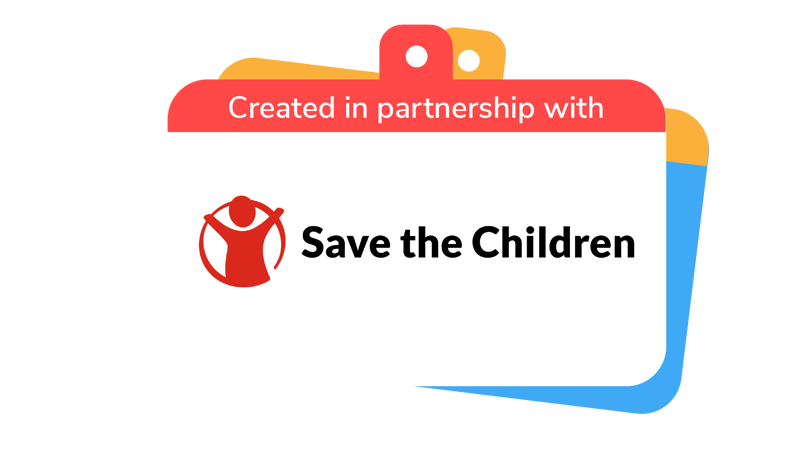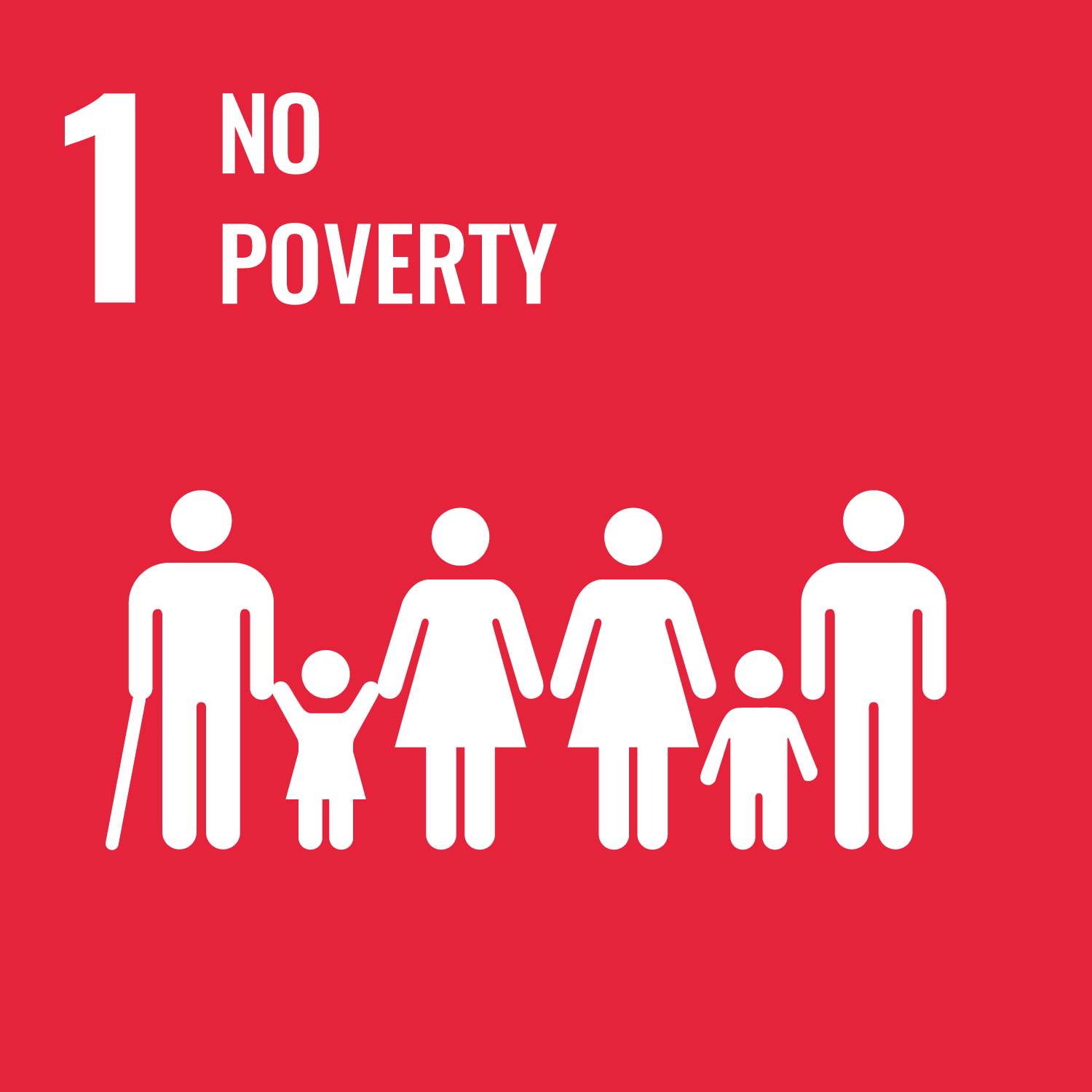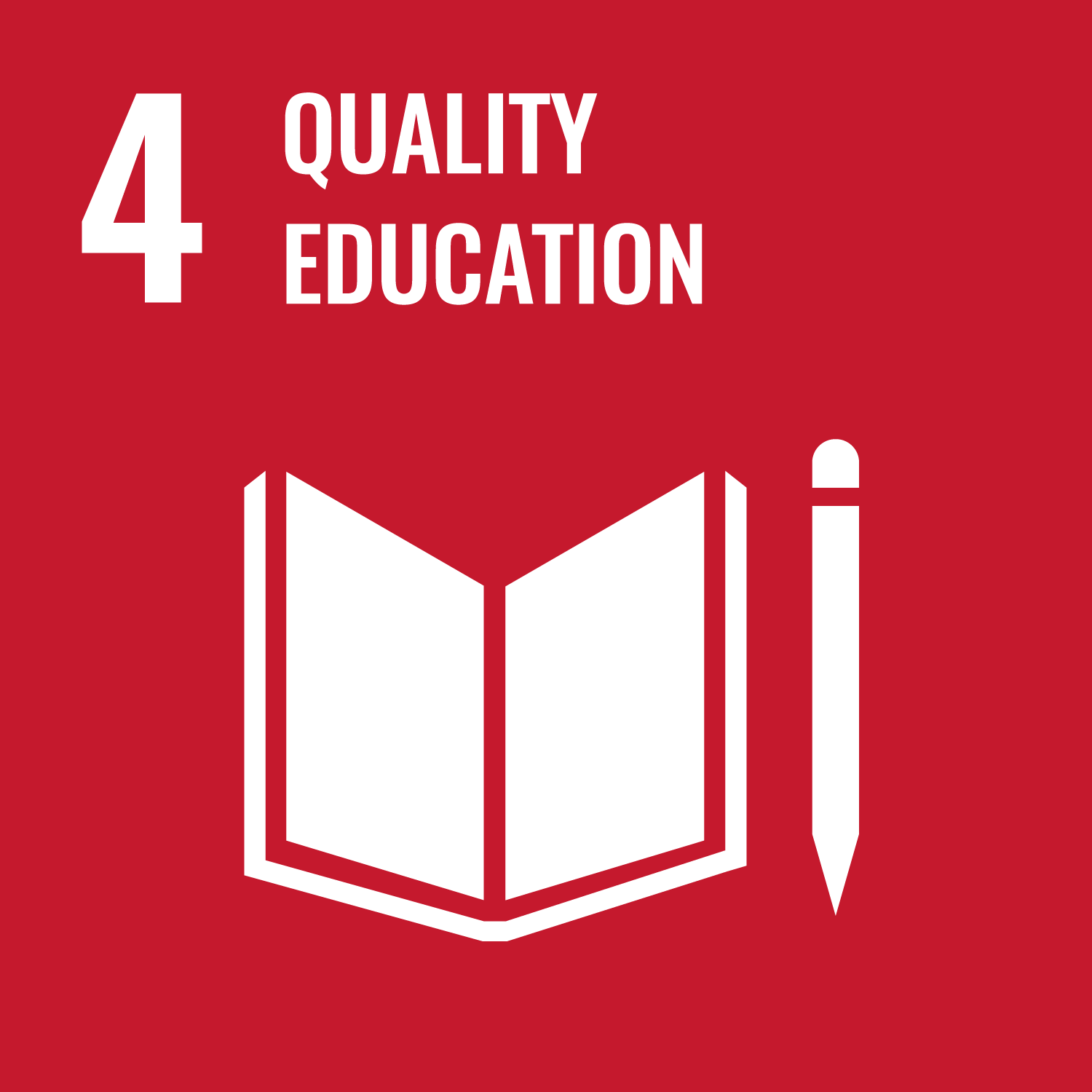
Caring map
You’ll need
- Pens or pencils
- Coloured pens or pencils
- Masking tape
- Sticky tack
- Local maps
- Tracing paper/greaseproof paper
Before you begin
- Remind yourself of everything people have done for their project: how did they identify the need, plan action, and take action?
- If you have resources people made, or photos and videos of them taking action, bring them to show everyone.
- Write the Questions to ask on six pieces of paper and display them around your meeting space.
- What theme did we explore?
- What did we do?
- Why did we do it?
- How did it make you feel? What skills did you develop?
- How did the project make a difference for people or the environment?
- What could we do now? How could we achieve the next stage of our badge?
Remember, remember
- The person leading the activity should help everyone remember the main details about their project so far. They should use any resources, photos, or videos to help jog people’s memories.
- Everyone should move around the room, visiting each of the six pieces of paper. They should think about each question, chat with their friends, then jot down their ideas.
It’s especially important to write down the answers to the final question.
- Everyone should share their ideas.
This is a great chance to congratulate everyone again – take a moment to celebrate successes and people’s hard work.
Choose some places
- Everyone should think about what may help a refugee feel welcome. What’s useful when arriving somewhere new? How could people find their way to places that will be welcoming?
Gently guide people to think about how maps are useful when you arrive somewhere new. You could think about being in a new town or city or visiting a tourist attraction, for example.
- Everyone should look at a map of their local area. What kind of information does it give people?
- Everyone should think about whether the map shows the places that would be most helpful for refugees and displaced people. They should think about what other information could go on a map to help people feel more welcome.
If you have completed the Welcoming signs activity, you could think about the places that agreed to display your sign and how you’d show these on a map.
- Everyone should split into teams.
- Each team should mark places that would be useful for refugees to know about on a copy of the local map.
Check they’re ready
- The person leading the activity should explain that it’s important to check that the places everyone identified are ready to welcome refugees.
- Everyone should think about questions they could ask to check whether people are ready to support refugees. For example, do they know what to do if someone says they’re a refugee and is looking for relevant services? Do they know which local places could offer support?
- Each team should head to the places on their map. They should check whether they could help refugees and note down the answer on their map, for example, by writing Y or N or colouring places green or red.
Create the map
- Everyone should get a piece of greaseproof or tracing paper. They should put it over the map and hold it still with sticky tack or paperclips.
- Everyone should take it in turns to trace the map – they should include the locations that could help refugees, the roads and paths that link them, and other important places such as transport hubs and the council. They should also include other roads and junctions so there’s enough detail for people to use their map to navigate.
Everyone will need to take it in turns to copy the map – the people who are waiting could chat about what they discovered on their visit or play a quick game.
- Once they’ve finished tracing, everyone should turn their greaseproof paper over and use a soft leaded pencil to trace over the lines. It doesn’t need to be perfectly neat, as long as the pencil marks cover the lines they traced.
- Everyone should turn over their greaseproof paper again. They should put it on top of the plain paper they want to use for their map and keep it still with sticky tack or paperclips like before.
- Everyone should carefully trace the lines and symbols with a pencil – the pressure should transfer some of the pencil from the back of their greaseproof paper onto the plain paper to make a light outline.
- Everyone should remove their greaseproof paper and trace over the faint lines to make a map. They should add colours and any locations they missed.
- Everyone should carefully add road names and label their locations.
- Everyone should give their maps to the places that feature on them. Make sure they have a few copies so they can hand them out if people ask for them.

This activity helps contribute towards some of the UN's Sustainable Development Goals. Find out more about the SDGs, and how Scouts across the world are getting involved.




Reflection
This activity was all about helping your community and developing skills. Encourage everyone to share the results of their conversations with people in the community. What did people think about the idea of their map? Did anything surprise them, or did they have any difficult conversations? What skills did people have to use to create helpful maps? Would they do anything differently if they did the activity again? How could people make sure their maps stay up to date and helpful?
Safety
All activities must be safely managed. You must complete a thorough risk assessment and take appropriate steps to reduce risk. Use the safety checklist to help you plan and risk assess your activity. Always get approval for the activity, and have suitable supervision and an InTouch process.
- Road safety
Manage groups carefully when near or on roads. Consider adult supervision and additional equipment (such as lights and high visibility clothing) in your risk assessment.
Depending on your group, it may be useful to have an adult at each sheet of paper to help people write down their ideas.
It’s up to you how detailed the local map is. Some people may want to stick to a map with basic outlines (like the ones you’d find in a tourist information centre) while others may want to use an OS map.
It’s also up to you how independently people communicate with the places they want to feature on the map.
People can record their thoughts on the big sheets of paper in whatever way works for them, including drawing and writing ideas down.
Discussing refugees and displaced children may be difficult for young people who have experience of being a refugee or displaced (or have connections to it through other people). Make sure they know you’ll be covering the topic, and check what you can do to make it easier. This may involve avoiding specific scenarios or making sure there’s a space for them to take a break. Make sure people’s communication is respectful and supportive.
All Scout activities should be inclusive and accessible.
How could you share your map more widely? People could post a template online to encourage other groups to do the same, for example.
Discover more at https://www.savethechildren.org.uk/
